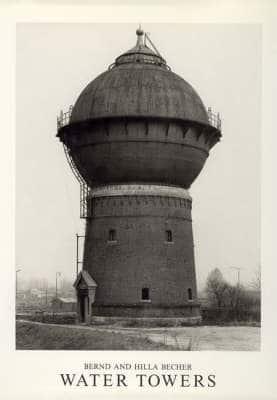Publisher's Synopsis
Hilla and Bernd Becher's cool, objective photographs of industrial structures have earned them a special position in international photography. Although their work is widely collected by American dealers and institutions and shown in New York galleries, this is the first time that it has been published in book form in the United States.The Bechers' 224 photographs of watertowers comprise a unique, single minded, even obsessive mission. They were taken from as many as 8 angles, over a period of 25 years, with a stylistic approach so consistent that photographs juxtaposed from the 1950s and 1980s suggest a minute to minute account deadpan portraits of unadorned metal, concrete, and wooden structures.Always taken in overcast skier, or in the hazy sunlight of industrial zones, these seemingly artless photographs belle the elaborate process and decisions involved in creating them elevating the camera on scaffolds or ladders, waiting for clouds to block the sun, enlisting the cooperation of plant foreman and security guards to remove all signs of human life from the scene.The Bechers refer to their photographs as "typology" or "typologies of topographies," situated between established categories such as art and photography. Their work is distancing, deliberately unglamorous, departing from the usual style of architectural photography. Almost everything they photograph is eventually demolished.Hilla and Bernd Becher began their collaborative enterprise in 1957, when they did a study of workers' houses in their native Germany. Through the years, their extensive documentation of industrial landscapes has taken them outside of Germany to France, England, Scotland, Wales, Holland, and the United States. The Bechers follow in a distinguished line of German photographers active in the Rhineland, including August Sander, Albert Renger-Patzsch, and Werner Manz, all of whom contributed in different ways to the definition of "objective" photography.









